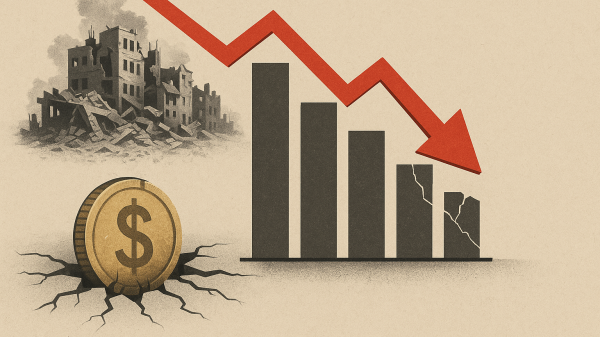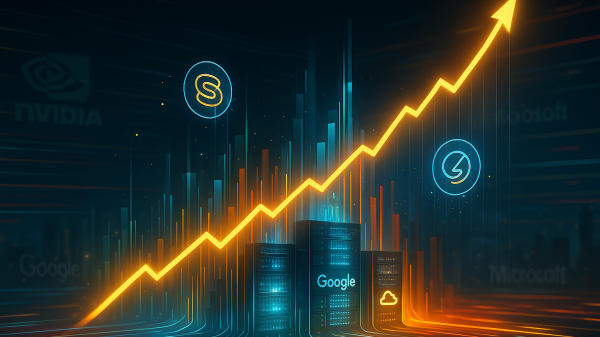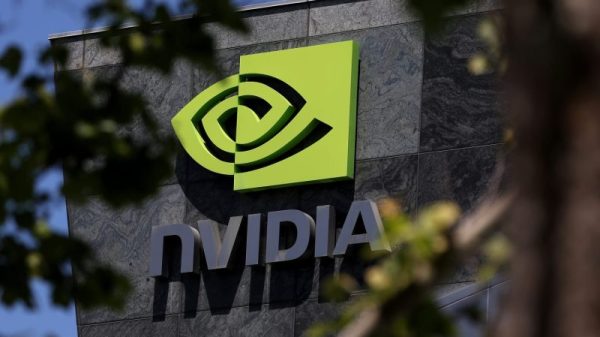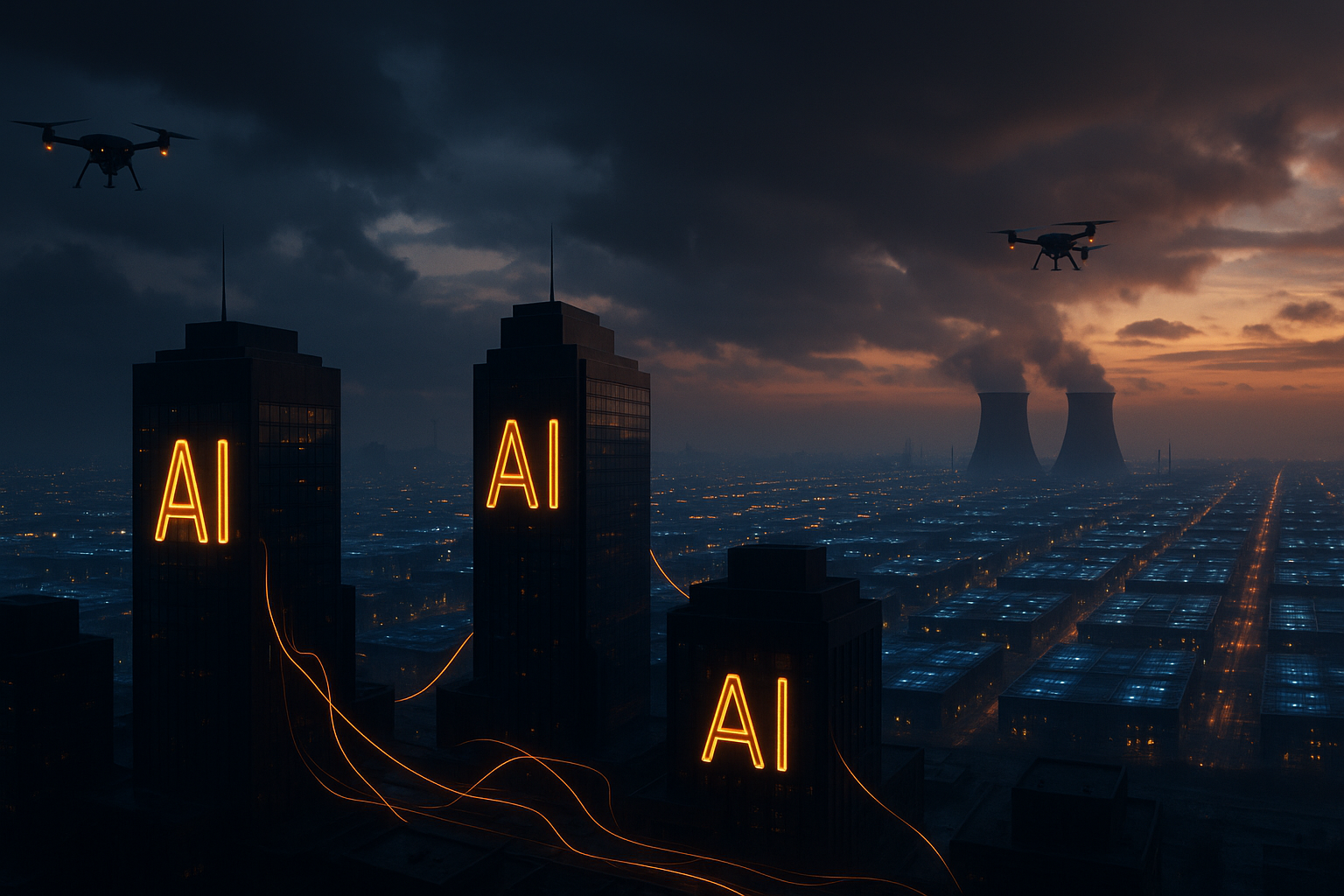Big Tech has poured roughly $380-400 billion into AI infrastructure this year, fueling a race to build data centers, buy chips, and train ever-larger models.
The spending spree has split opinion: executives hail it as a generational bet that will unlock new revenue streams, while analysts and some industry veterans warn the scale of capital being committed could create an “industrial” bubble.
Why the tech giants are doubling down
Executives say the outlays are necessary to meet surging demand for AI services.
Google’s Sundar Pichai has framed AI as “the most profound shift of our lifetimes,” arguing that sizable infrastructure is needed to scale products and democratize access.
Amazon’s Andy Jassy likewise told investors the company is “investing quite expansively,” pointing to new products and services that require far more compute and data center capacity.
Analysts add that the spending is partly defensive.
Morgan Stanley and other banks estimate that cloud providers and hyperscalers must keep expanding compute capacity simply to avoid falling behind rivals.
They project that AI software revenue could reach roughly $1.1 trillion by 2028, supporting the case for heavy upfront capex if margins materialize.
The practical math is stark: billions for GPUs, tens of billions for new data centers and sustained hiring to staff research and ops teams.
Those investments are already lifting orders for chipmakers and contractors, creating a feedback loop that executives say will accelerate adoption across industries.
Can investors expect a payoff or a bubble?
Skeptics say the pace and breadth of spending contain classic bubble signals: indiscriminate funding, sky-high valuations for AI suppliers, and speculative projects that may never turn a profit.
Jeff Bezos has described the frenzy as something like an “industrial bubble,” noting that wasteful bets can coexist with genuine, economy-shaping advances.
OpenAI’s Sam Altman and other industry figures have also warned of investor overexuberance, suggesting some segments of the market are priced for perfection rather than realistic returns.
Meanwhile, independent research groups have released stark estimates comparing the AI funding surge to past bubbles, heightening calls for caution.
Still, many market-watchers sit in the middle. If AI yields the revenue and productivity gains forecast by banks and strategists, the heavy capex could generate durable cash flows and reshape several sectors.
If it doesn’t, shareholders and bondholders may bear the cost of a multi-year re-rating.
For now, the companies themselves are staying the course. They are signaling more spending in 2026 and beyond, betting that scale in compute, data, and talent will separate winners from losers.
That choice leaves investors with a simple question: are they backing a transformative wave, or buying into the busiest corner of a speculative market?
The answer will be decided in earnings, adoption metrics, and whether revenue growth eventually outpaces the cost of building the engines that power AI.
The post Inside big tech’s $400 billion AI race: brilliant strategy or bubble waiting to burst? appeared first on Invezz
























